Combat aircraft. About aircraft engines, their own and not so. Necessary continuation
Combat aircraft. About aircraft engines, their own and not very.
But for those who have not deviated from the topic and raised very interesting questions, I devote the second part. The study of which took me a lot of time.
So, in the beginning I’ll say that I’m somewhat sorry that the majority of readers did not understand the message of the first article.
The fact that our motors basically had foreign-made engines, there is nothing shameful. That is why I cited the example of Fiat-124 and VAZ-2101. The whole problem is how to interpret it.
I interpret it simply. In a country that did not produce aircraft engines at all until 1917 (dozens of licensed Gnom-Ron do not count at all), it was more than problematic to independently invent and put engines on stream.
So there’s absolutely nothing wrong with the fact that representatives of the USSR bought everything they could from the world. And they bought a lot. Including the specified by me Hispano-Suiza 12YB, which was sold to us with the right to issue under license.
The engine was not only good in itself (otherwise the Devwin D520 would not be a competitor to the Messerschmitt Bf.109), but it also had a modernization potential. What our designers have used.
So, in fact, the evolution of Klimov’s engines began.
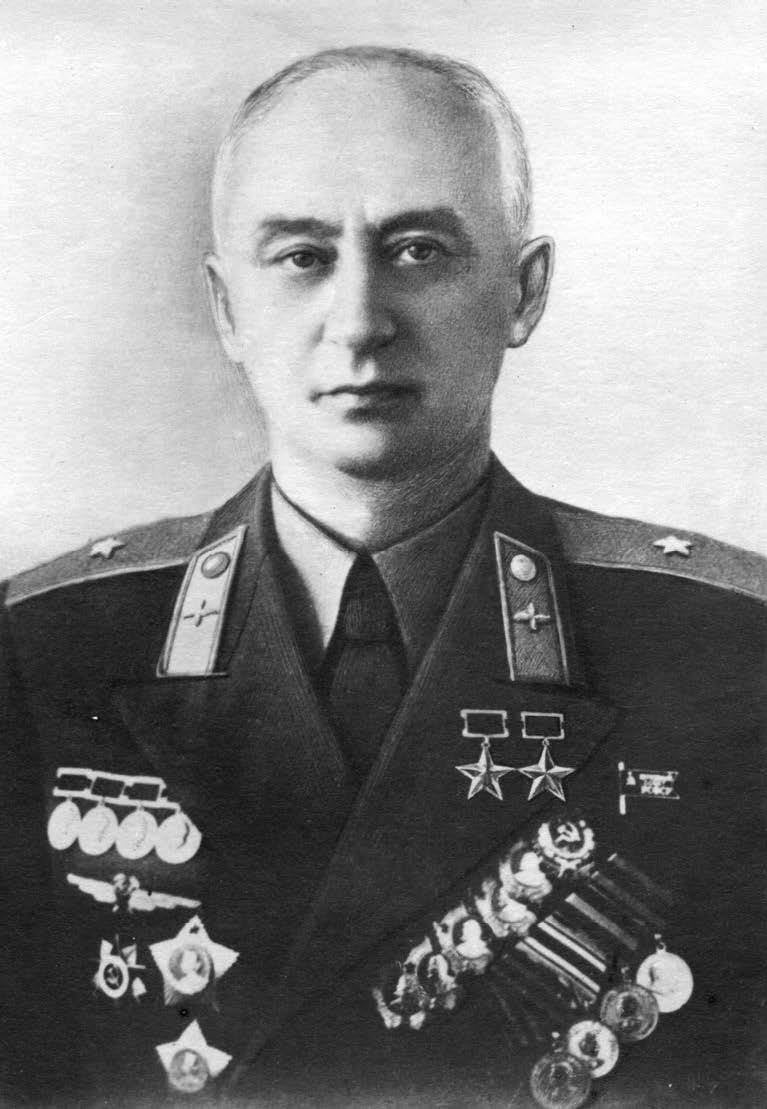
Actually, by the turn of the 30-ies in the USSR there was already a design school. How can this be seen? Everything is simple. If there is no school, then there is exclusively licensed production without any frills there. But if there are designers ...
Then the line will look like this:
The first stage: licensed production and study of the base.
Second stage: modernization of the base motor. In our case, this is M-100.
The third stage: creating your own engine, different from the base model.
In general, this is the M-103.
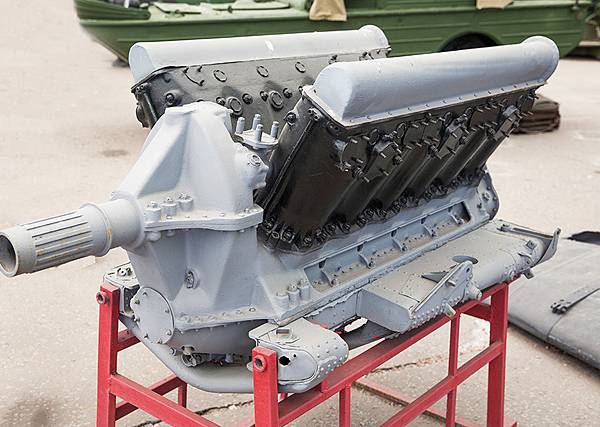
And if the M-100 is in fact the "Spanish-Suiza", then the M-103 ... Another piston diameter. Moreover, less than on the original (148 instead of 150 mm), a different stroke and valve size, in general, very much changed the timing mechanism. Under domestic gasoline, which, as everyone knows, was with us, to put it mildly, not very.
Accordingly, the speed and power have changed. Moreover, pretty much so, because if the M-100 gave out the same 860 hp as the original, then the M-103 already produced almost 1000 hp
In general, if the modernization, then well, very deep. Well, I’m not an engine driver, but we have some thinking, let them say that it was actually a modernization or actually another engine.
Go ahead. Next was the M-104, which would not have been better. Therefore, I will immediately go to the M-105.
How was the M-105 different from the M-103?
Two-speed supercharger, two exhaust valves instead of one, and even increased their diameter by 15%. A new floatless carburetor that allowed you to fly with negative overload and perform maneuvers in an inverted state. This is M-105A.
With regards to power. M-105 gave out up to 1050 hp When they were able to increase the boost, the power of the M-105PF was 1150 hp, the next modification of the M-105 PF2 had 1310 hp
Next was the M-107.
Another cylinder block. Completely different. 4 valves per cylinder, not 3 like the M-105 and not 2 like the original. That is - a completely different gas distribution system. Drill a hole under the valve just do not drill, a different approach.
Actually, another block spawned other crankshaft, connecting rods, pistons. Even the principle of creating the mixture was somewhat different (and in my opinion perverted): part of the air went through the carburetor, and the output turned out to be highly enriched, and part went directly from the supercharger and diluted the enriched mixture. In general, somehow two-stage and not entirely clear, to be honest.
But the output was already 1650 hp against 860 at the Spanish-Suiza. Yes, and the weight has increased. The original weighed 500 kg, and the M-107 weighed 870 kg.
If you do not pay attention to the conditionality of the suitability of the M-107 for use (constant overheating and scanty motor resources), we can say that the similarity with the original is minimal.
Farther. Next we have the work of Mikulin.
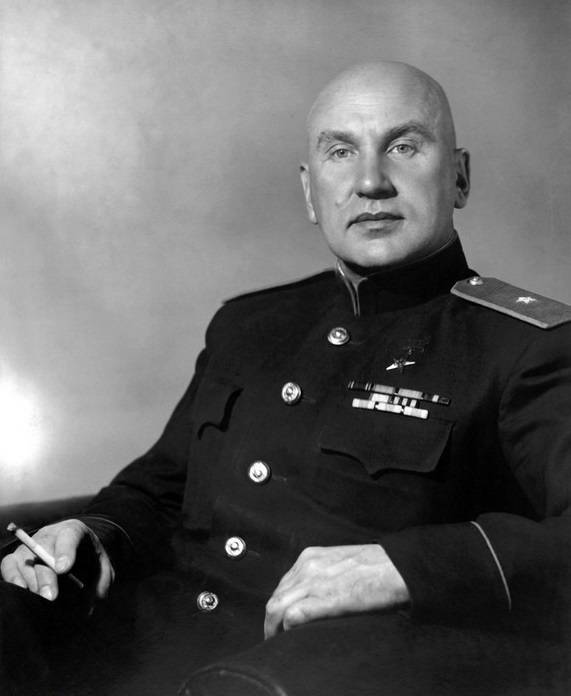
Everything is about the same as Klimov’s. At first it was a matter, and the matter was the M-17 engine, which is a BMW VI.
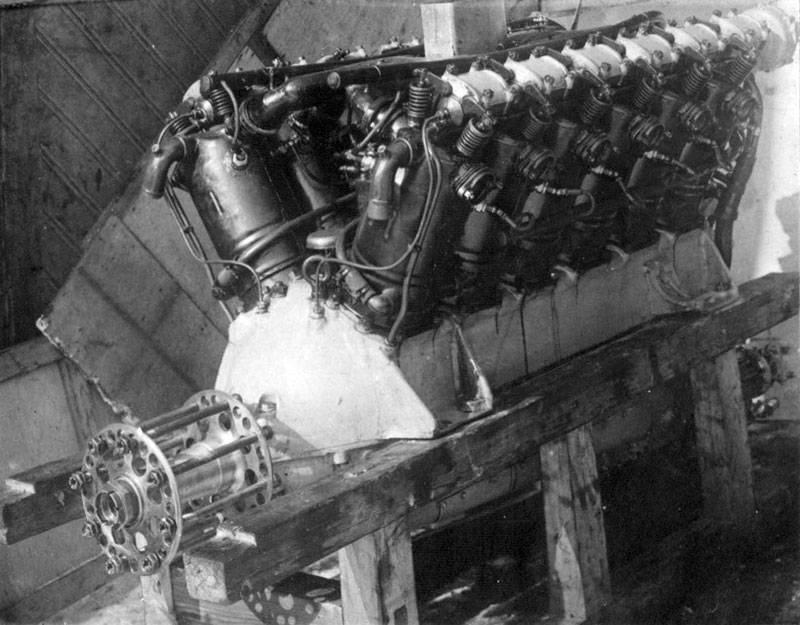
In the 20 years, we bought motors from a Bavarian company with pleasure, since the Germans sold them without any problems. And with the 1925 of the year, the BMW VI has become our main engine. Then came the M-17, everything is canonical. And then ...
M-17 became the base for two engines at once. AM-35 and AM-38 (forgive those who are knowledgeable. I will immediately jump to the "new" marking). Mi-35 flew on AM-3, Il-38 on AM-2. Point. Fatty like that.
By the way, contrary to logic, unlike Klimov’s engines, disputes over whose engines the IL-2 flew on do not subside even today. On the one hand, it’s clear how not to poke these “patriots” with the fact that their attack aircraft flew a German engine?
We go on the other side and hit from all the trunks. Many thanks to Dmitry Alekseevich Sobolev and Dmitry Borisovich Khazanov, the creators of the book “The German Trail in Soviet History aviation". Very informative and useful, I recommend.
Yes, the BMW VI engine was indeed acquired with a license, and its production was deployed in the USSR under the name M-17. Exactly the same as previous BMW versions of the 6 and 8 cylinders were bought before. And they were produced in the same way, they tried to improve, that is, they gained experience for designers.
And then everything - the second step. That is, not M-17, but M-17F. How exactly it was boosted is not really explained anywhere, but in numbers it looks like 800 hp. instead of 600 in the M-17 / BMW VI. Yes, the motor has become heavier, but there is such an interpretation: unlike the Germans, we could afford not to save on metal and “weak” places were immediately reinforced.
By the way, the engine completely “stopped”, and regularly carried not only planes (TB-1, TB-3, R-5, MBR-2) on itself until the end of the war Tanks (BT-7, T-28, T-35 and even at the beginning of production, when there were not enough diesels, V-2, KV and T-34).
Why not move on?
And let's go. And here miracles begin. Especially if you look at the M-17 and M-34, hypothetically placing them side by side.
These are completely different motors. On the M-17 / BMW VI, each cylinder is made separately, each has its own cooling jacket, the supply of lubricant and coolant to each cylinder is also made separately.
On the M-34 - a single, cast block of cylinders, with all fuel and oil lines, with all the nuances coming in and out of here. And then went modifications, of which it was pretty pretty, and with each something something was introduced into the motor.
Yes, the M-34P is the very engine that (again in different versions, with and without gear) transferred the crews of Chkalov and Gromov to North America.
And the version of AM-34FRNV (other crankshaft, gearbox, lubrication system, gas distribution mechanism, 4 carburetor instead of 1) is, in fact, what went into the series under the name AM-35 ...
Actually, AM-38 differed from AM-35 in that it was its low-altitude version. By reducing the altitude, it was possible to raise the rated power to 1500 hp, and take-off - to 1600 hp That is, the alteration of a centrifugal supercharger.
In fact, all Mikulin motors are Mikulin motors. AM-34, 35, 37, 38 and appeared at the end of the war, AM-39 and 42, it’s hard for me personally to call the modernization of the BMW VI, which was bought in the year 1925. The full cycle of the BMW VI - M-17 - AM-34 is available.
But move on. Let's look at the "airmen". Naturally, to Shvetsov, because there, too, disputes have not subsided over the past 20 years. And not in vain.
Everything is as usual, I wrote that at first there was Wright R-1820, which was bought and started to be produced under the name M-25.
Then the modernization began, and the M-25A appeared. Next were the M-62 and M-63, the crown of the line was M-71.
Everything is simple with the M-62: the Cyclone, it is the M-25 plus a centrifugal supercharger. Increased compression ratio - here you have the M-63. Both (62 and 63) regularly dragged all Polykarpov fighters across the sky, the 63 was even more preferable, "went after the gas," as the pilots said about him. ASH-62 on An-2 still flies, where the "corn" is still there. A peculiar record of longevity, yes.
M-71 - these are two according to ASH-62.
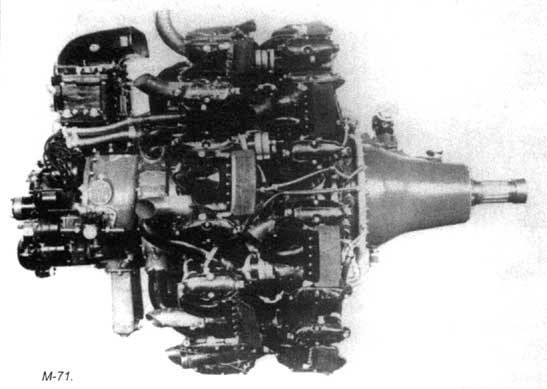
That is, the motor is already more advanced layout "double star" and the maximum that could be squeezed out of the "Cyclone". It’s a paradox, but the engine came out very so-so, even if in fact the American was doubled.
Foolishness and nonsense begins in disputes over Shvetsov’s motors when AS-82 appears on the scene. I, too, in the first article, let's say, did not quite figure it out. It happens. That is, I could not correctly assess the degree of processing done by the engineers of Mikulin Design Bureau.
Corrected.
That is, now the words will be the same as the first article, but the meaning behind them will be somewhat different.
So, ASH-82 and ASH-62.
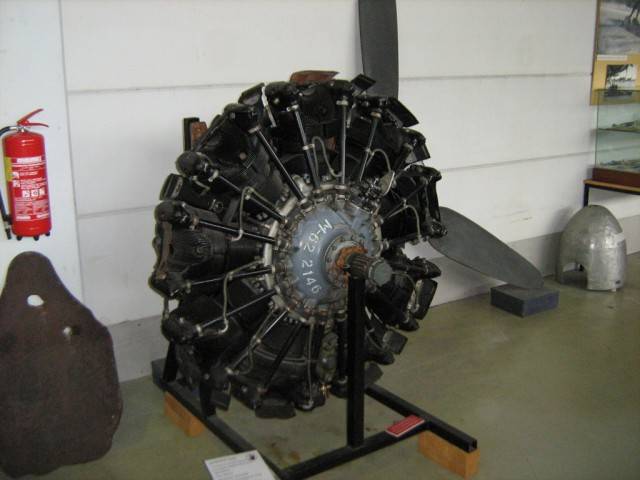
“Double stars”, but the 82 has a smaller cylinder on the 4. 14 and 18 (2х9), respectively. These figures indicate that in fact the ASH-82 is a completely different engine. Just take it and throw out the 4 cylinder - no, it's not just that.
ASH-82 really was "created using elements of ASH-62", but here it’s for sure that it’s not "based". A different number of cylinders entailed a different gas distribution and lubrication scheme, the piston stroke decreased, which reduced the diameter of the motor, and therefore improved aerodynamics.
Well, when the ASH-82FN received (the first, by the way) direct fuel injection ... And, yes, the injection was copied from the German BMW-801 engine, which was mounted on the PV-190. You must admit that the idea itself was copied, and the fact that Shvetsov’s design bureau adapted the German injection to a seemingly copy of the American engine is already evidence of quite good engineering work.
And here we get very strange things: M-71, which is two on M-25, which is Wright "Cyclone", does not go, even remelt, and ASH-82, which of the elements (some) ASH-62, but with changed to unrecognizable configuration - a very motor. Considering how much he plowed after the war, one of our best piston engines.
And here it is definitely not the source matter. And in their own minds and hands.
Let me quote myself in the first article:
I agree, not entirely correct. Now this phrase should sound like this:
The key word is “at the core”.
And, actually, there is nothing of the kind in this. Normal practice. Take the best that the neighbor has and use for his own good. And they copied everything: BMW, Rolls-Royce, and Spanish-Suiza. It turns out, as with the gene pool. At the source stood some motor Adam and Eve, everything else ...
So let me give you another quote. From there.
Yes, indeed, at the beginning of the 20's we had nowhere to get aircraft engines. There were none of them, and this is a well-known fact. They took strangers, yes. Where they could, they mined there.
However, over time, namely by the middle of the 30-s, we had a real design school, and Soviet designers could already afford to switch from simple copying not only to modernizations that were significantly ahead of the base, but also to creating completely new engines. ASH-82FN is the best example of this.
Just what I said in the first article. From nothing came what was required.
At the turn of the 1920 year, we had nothing in terms of aircraft engines. After 20 years, we already had our own engines, which, if they were inferior to the engines of allies and enemies, were very weak.
Today, many say that our designers were not able to afterburner. Good. There is one. Neither MW-50, nor GM-1 in our analogues could be created. Did you have to? The same ASH-82F quite normally could work in the so-called “take-off” mode as much as needed. What is not a substitute for afterburner?
And in the end? As a result, not the Red Army Air Force was reduced to the root, but the Luftwaffe.
However, so much has already been written on this topic that one can only summarize: after the 1940 year in the Soviet Union there were aircraft engines developed by the Soviet school of designers, which have foreign-made engines as the basis, but are so different from the basis that it can safely be concluded that these were proprietary engines.
Sources:
Sobolev D. A., Khazanov D. B. German footprint in the history of domestic aviation.
Kotelnikov V.R. Domestic aircraft piston engines.
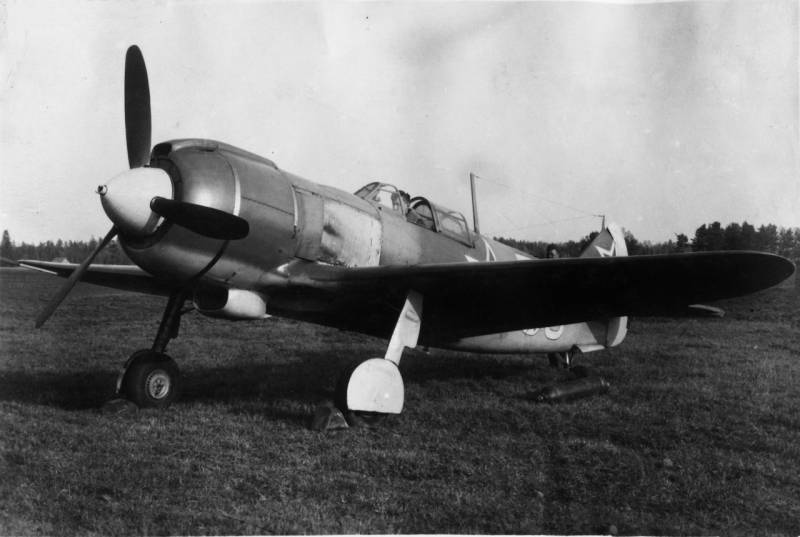
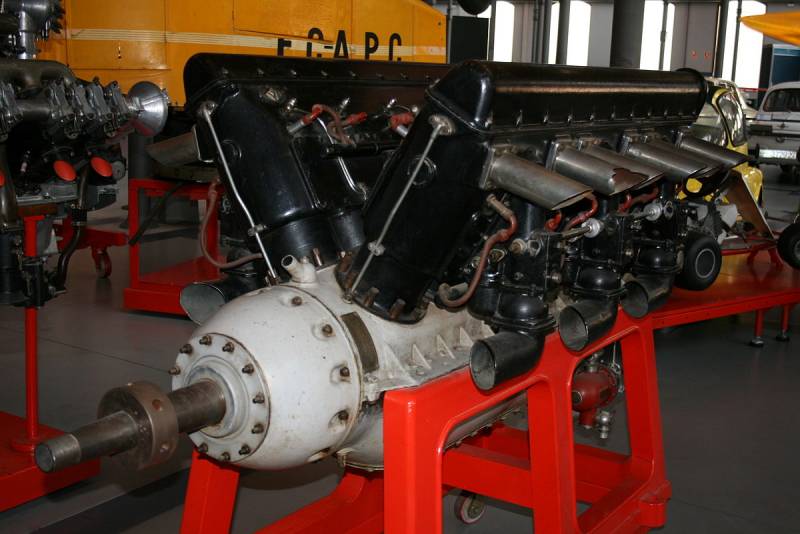
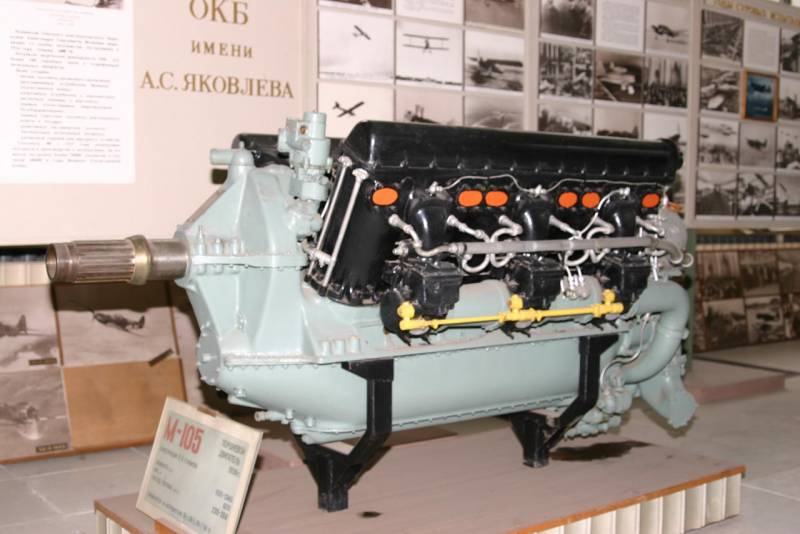
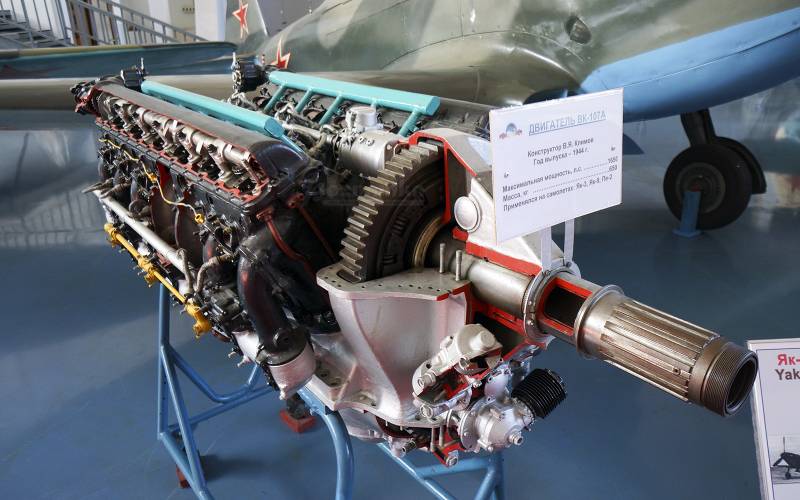
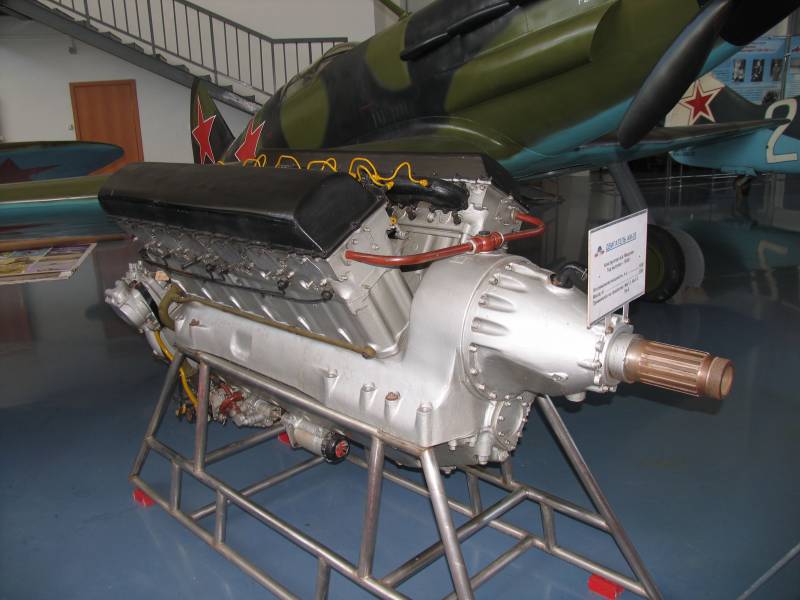
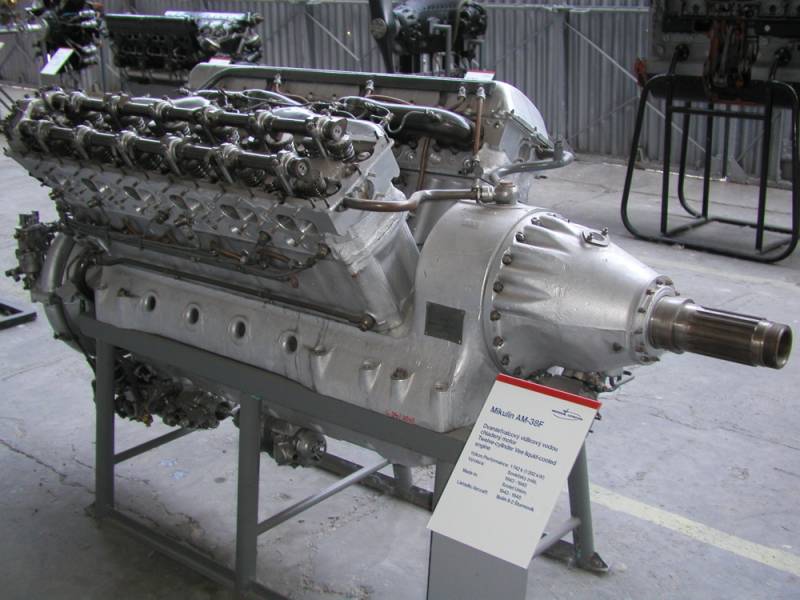
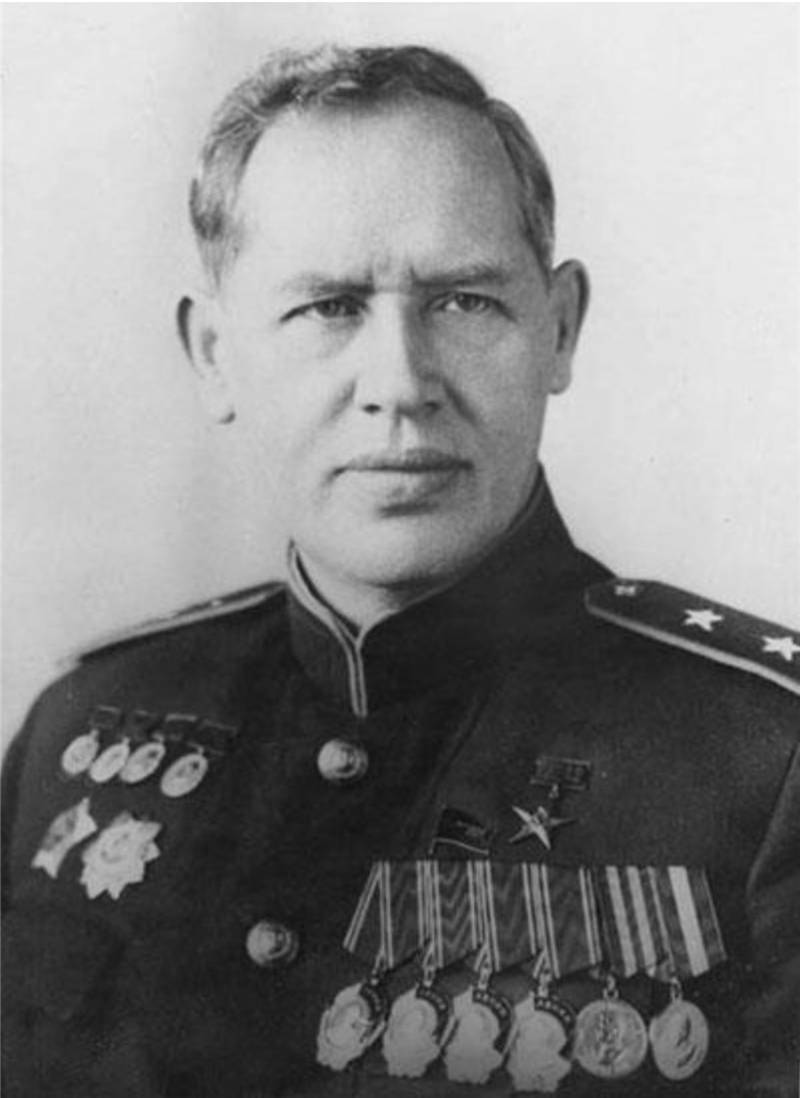
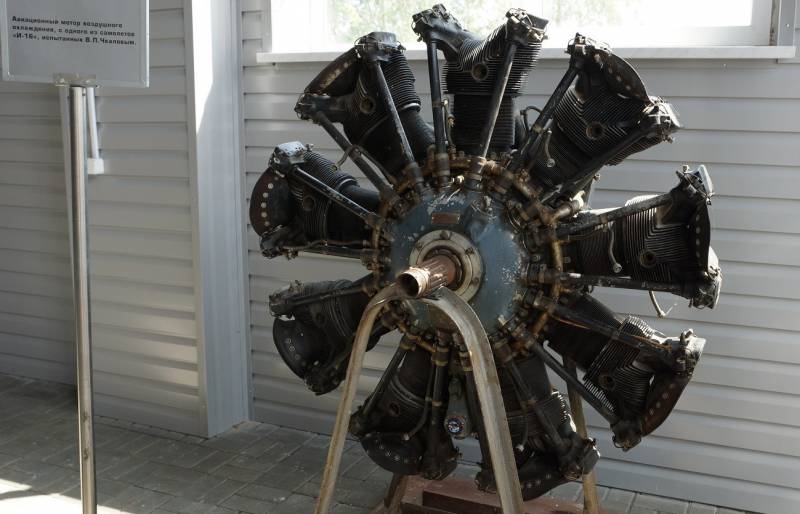
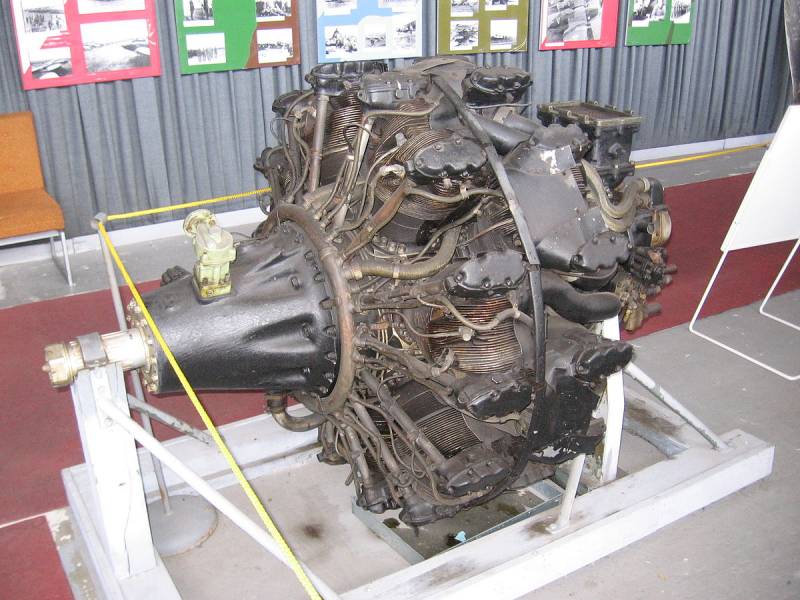
Information